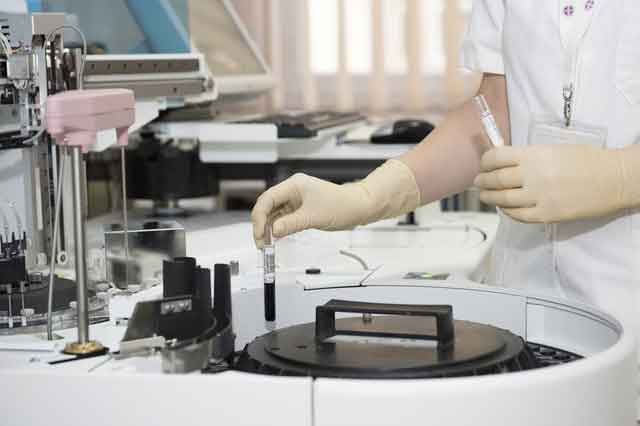Gastrointestinal Surgery and a Diabetic Cure: Significant research by Dr. Francesco Rubino of New York-Presbyterian Hospital/Weill Cornell Medical Center indicates that a surgical procedure in the gastrointestinal tract may effectively reverse diabetes.
This information was originally revealed in the spring of 2008 with a spotlight on what is typically called lapband surgery. This surgical procedure is typically suggested for individuals who are excessively obese. Dramatic weight loss is generally thought to be the reason for the reversal in diabetic symptoms. Is it possible something else is at work in this medical reversal of fortunes?
The surgical procedure Dr. Rubino has studied is a gastric bypass operation that effectively circumvents the duodenum and jejunum of the upper small intestine. In a Science Daily report, Rubino is quotes as saying, “When we bypass the duodenum and jejunum, we are bypassing what may be the source of the problem.”
Gastric bypasses have been performed on diabetic individuals in a variety of weight classes and in each instance it appears blood glucose levels were altered significantly.
While the primary focus of research has been to regulate blood sugar levels Rubino’s study opted to review the source of blood glucose regulation and reverse diabetic abnormalities.
The study seems to indicate this surgery is not a good idea for those who do not suffer from diabetic symptoms.
So, why is the surgery a possible cure for diabetes? Rubino believes the upper small intestine becomes dysfunctional in diabetics and sends wrong signals promoting the release of hormones the counter the effects of the body’s naturally produced insulin. Rubino explains this battle, “”In healthy patients, a correct balance between incretin and anti-incretin factors maintains normal excursions of sugar levels in the bloodstream. In some individuals, the duodenum and jejunum may be producing too much of this anti-incretin, thereby reducing insulin secretion and blocking the action of insulin, ultimately resulting in Type 2 diabetes.”
In essence the good doctor seems to be saying that when you bypass the upper small intestine in a diabetic you effectively remove the production and distribution of hormones that render insulin less effective. When the insulin no longer is at war with the anti-incretin the body resumes the normal cycle of insulin production resulting in proper blood sugar regulation.
Further, this means that the pancreas can resume normal function by creating a typical amount of insulin without trying to make more than it was designed to produce.
The findings of this study allow Dr. Rubino to conjecture, “The lesson we have learned with diabetes surgery is that diabetes is not always a chronic and relentless disease, where the only possible treatment goal is just the control of hyperglycemia and minimization of the risk of complications. This is a major shift in the way we consider treatment goals for diabetes. It is unprecedented in the history of the disease.”
As of this writing surgery is not an option most primary care physicians offer. They may not even be aware of existing research into the role of the upper small intestine in diabetes. Rubino hopes that one day this surgical option will allow those who suffer from diabetes to experience complete remission in their disease.

